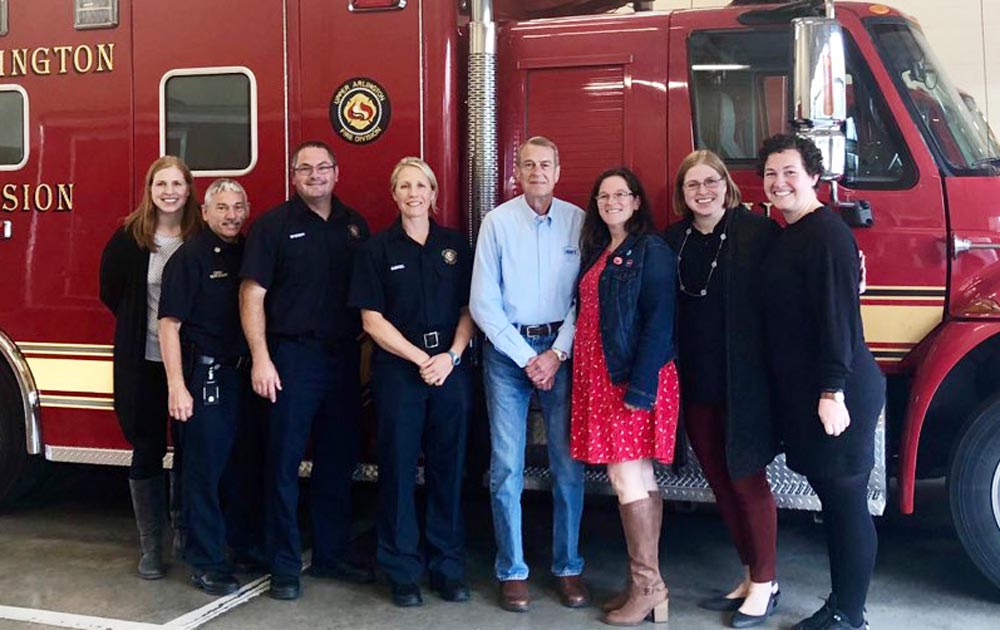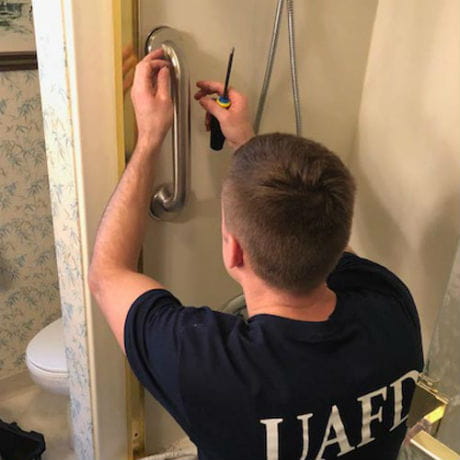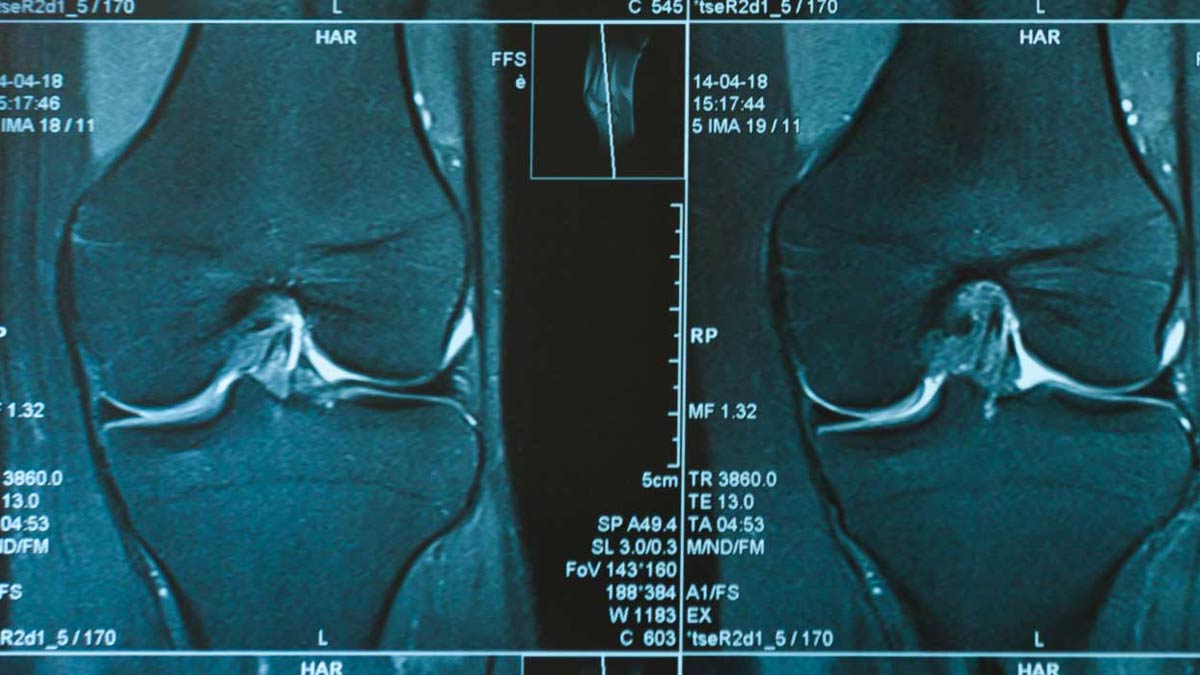Study leads to reduced home falls in the elderly
 In-home falls by seniors have been steadily on the rise for the past decade or so, according to a 10-year study recently published by Carmen Quatman, MD, PhD, an orthopedic surgeon and physician scientist at The Ohio State University Wexner Medical Center, and her team of researchers, which includes twin sister, Catherine Quatman-Yates, PT, DPT, PhD, a physical therapist and researcher in Ohio State’s School of Health and Rehabilitation Sciences.
In-home falls by seniors have been steadily on the rise for the past decade or so, according to a 10-year study recently published by Carmen Quatman, MD, PhD, an orthopedic surgeon and physician scientist at The Ohio State University Wexner Medical Center, and her team of researchers, which includes twin sister, Catherine Quatman-Yates, PT, DPT, PhD, a physical therapist and researcher in Ohio State’s School of Health and Rehabilitation Sciences.
The growth in falls is attributed to an aging population that is living longer and looking to maintain independence, despite the apparent limitations and challenges of non-assisted living.
When a senior has fallen and calls 911, EMS first responders are called into service to provide immediate assistance, a necessary but expensive emergency response that often does not require medical attention. The research team set out to determine how changing demographics over time affected fall calls, life assists and need for transport to the hospital, as well as to estimate the associated health care costs.
Tracking 38,237 “911” fall call responses in patients 60 years and older in “one emergency medical services (EMS) system in a typical American suburb” between 2007 and 2017 one of the team’s studies showed a significant increase in the number of fall calls and fewer transports to hospitals for injuries, as well as double the number of lift assists required.
The study revealed the problem clearly — fall calls that do not result in injury requiring medical assistance not only divert attention from other emergencies, but are also expensive. Between $825 and $1,500 is spent per run on “lift assists” for adults who can’t get up easily, but who are essentially uninjured. The increase in lift assists during the 10-year study cost the community an estimated $1.5 million.
 The study indicated that many of the calls may have been avoided had preventive measures against falls been taken in the home, a lesson the team would apply in a local community fall prevention plan with collaborators in the Upper Arlington Fire Division (CARES program) in 2017 and a follow-up Community FIT initiative (Fall Intervention Team) a year late. Both programs prepare EMS first responders to evaluate the home environments of fall victims for safety hazards, recommend strategies and provide tools to prevent falls from occurring in the future.
The study indicated that many of the calls may have been avoided had preventive measures against falls been taken in the home, a lesson the team would apply in a local community fall prevention plan with collaborators in the Upper Arlington Fire Division (CARES program) in 2017 and a follow-up Community FIT initiative (Fall Intervention Team) a year late. Both programs prepare EMS first responders to evaluate the home environments of fall victims for safety hazards, recommend strategies and provide tools to prevent falls from occurring in the future.
The team’s efforts have resulted in collaboration from providers at other central Ohio health systems and from first responders in communities across Ohio, where programs similar to CARES are being explored.
“We’re connecting what first responders are seeing with the whole system, so that health care providers can be alerted to issues and make good decisions through discharge,” says Quatman. “If we can get additional funding, it changes everything. These fall-prevention initiatives could spread well beyond central Ohio,” notes Quatman-Yates.
Dr. Quatman will speak on the subject of fall prevention in a TEDxColumbusWomen 2019: Bold + Brilliant talk show scheduled to take place on Sunday, December 8, 1-4 p.m. (live local talks) and 4:30-6 p.m. (TEDWomen Livestream). Her talk will focus on empowering the Columbus community for transformative fall prevention solutions in the homes of older adults, with the goal of keeping individuals in their homes safely for as long as they desire.

